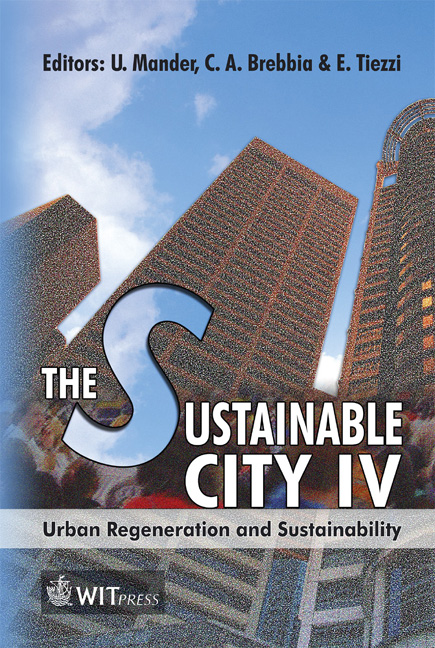Sustainable Urban Transport Development: A Modelling Approach
Price
Free (open access)
Transaction
Volume
93
Pages
10
Published
2006
Size
426 kb
Paper DOI
10.2495/SC060631
Copyright
WIT Press
Author(s)
M. H. P. Zuidgeest & M. F. A. M. van Maarseveen
Abstract
Current transport systems and transport planning methods and models are not necessarily compatible with the requirements of sustainable transport development. Adequate transport systems can only be obtained by use of a sustainable transport paradigm and an accompanying analytical framework. Therefore, this paper presents a theoretical framework, which is based on a paradigm for sustainable transport development. This paradigm advocates a comprehensive decision-making that anticipates and manages scarce resource use, including environment and finance, while developing the transport system in terms of quality of access and/or person throughput. Furthermore, a simplified version of a dynamic optimisation model that can assist in the complex and political decision-making process with respect to sustainable transport development is introduced, based on the conceptualization and characterization of the sustainable urban transport development problem as a constrained optimisation problem. Based on Pontryagin’s Maximum Principle, the dynamic model reveals control paths for achieving a sustainable and developed transport system. The model in its present form can be applied directly to strategic networks of limited numbers of (aggregated) zones and (aggregated) links. Keywords: sustainable development, urban transport, dynamical modelling. 1 Introduction Mobility of people (and freight) is an essential prerequisite for social - economic development. In most cities throughout the developed and developing world, however, motorised vehicles, notably cars and trucks, have become the most important means of mobility, at the cost of non-motorised transport as well as public transport.
Keywords
sustainable development, urban transport, dynamical modelling.





